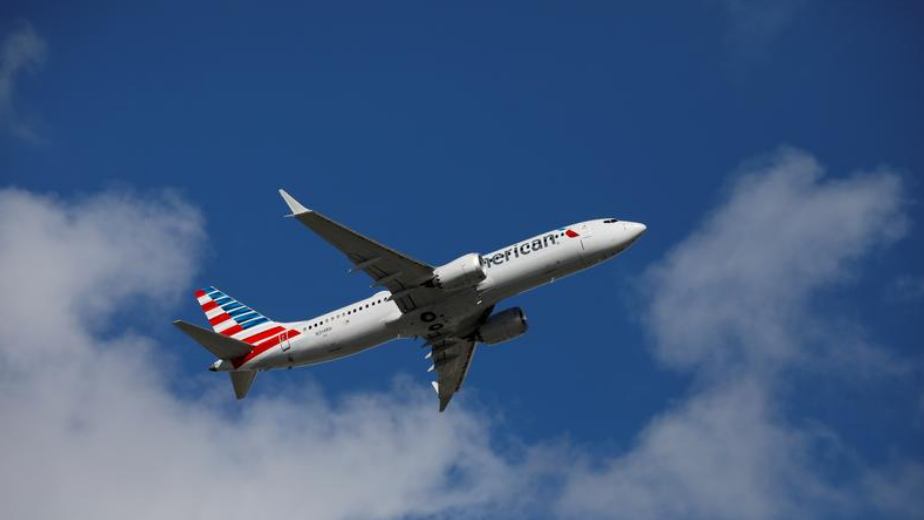
American Airlines flight 718, the first U.S. Boeing 737 MAX commercial flight since regulators lifted a 20-month grounding in November, takes off from Miami, Florida, U.S., December 29, 2020. /Reuters
American Airlines flight 718, the first U.S. Boeing 737 MAX commercial flight since regulators lifted a 20-month grounding in November, takes off from Miami, Florida, U.S., December 29, 2020. /Reuters
The U.S. Federal Aviation Administration (FAA) said on Friday it is tracking all Boeing 737 MAX airplanes using satellite data under an agreement with air traffic surveillance firm Aireon LLC.
Aireon and L3Harris Technologies announced in November a new partnership with the FAA, giving the agency broad access to Aireon's real-time air traffic surveillance Automatic Dependent Surveillance-Broadcast (ADS-B) data.
The FAA said that "Aireon is providing the agency with ADS-B flight data for all Boeing 737 MAX aircraft."
"Aireon's system will flag deviations from certain parameters during all phases of flight and alert the FAA's aviation safety division. Safety engineers and inspectors will use the early notification to further analyze the incident," the agency said.
Boeing did not immediately comment.
The FAA's 737 MAX monitoring began on January 29, Aireon's Chief Technology Officer Vinny Capezzuto said during a February 12 web event hosted by Aviation Week.
"You can literally monitor it on a situational awareness display and it has event detection tied into it," Capezzuto said, adding the FAA can look for emergency codes and track other data.
The system emails FAA "when events are detected and every day you get a report card on data from flights from the previous day," he said.
The FAA used Aireon data in its decision to ground the entire 737 MAX fleet in March 2019 days after the second fatal 737 MAX crash in five months. The 20-month grounding decision was lifted in November after Boeing made a series of software safety enhancements and training changes.
The FAA controls 17 percent of the world's airspace.
Source(s): Reuters

